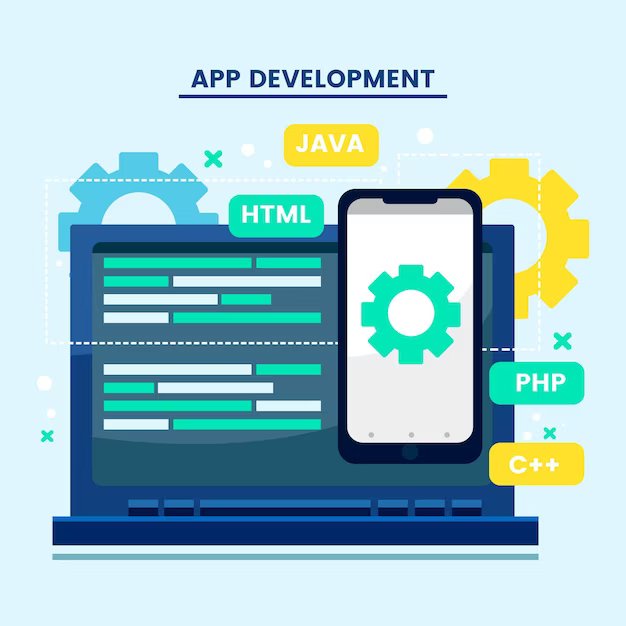Flutter, a versatile and dynamic framework developed by Google, has gained widespread acclaim for its proficiency in mobile app development. However, what many might not be aware of is its ability to extend its prowess to web development. In this comprehensive guide, we will explore the realm of the Flutter web app and delve into the intricacies of this groundbreaking technology.
Introduction to Flutter for Web
Flutter is an open-source UI software development framework that Google introduced. It allows programmers to produce natively compiled programmes from a single codebase for desktop, web, and mobile platforms. Although it initially attracted attention for the creation of mobile applications, it has achieved outstanding advancements in the field of online applications.
The Advantages of Flutter for Web Development
Single Codebase for All Platforms
One of the standout advantages of Flutter for web development is the ability to use a single codebase for multiple platforms. Developers can write code once and deploy it on various platforms, including web browsers, without significant modifications.
Highly Customizable UI
Flutter offers a wide range of pre-designed widgets, allowing for a high degree of customization in web application development. This level of flexibility empowers developers to create visually stunning and unique user interfaces tailored to their specific project needs.
Fast Development and Hot Reload
Developers can instantly see the results of code changes without restarting the entire application, making debugging and testing a breeze.
Performance and Speed
Flutter web applications are known for their exceptional performance and speed. They leverage the power of Google's Dart programming language to compile directly to optimized machine code. This results in lightning-fast web applications that provide a smooth user experience.
Strong Community and Support
Flutter boasts a thriving community of developers and extensive documentation, making it easy to find answers to common questions and troubleshoot issues. This support network ensures that developers can overcome challenges swiftly.
Getting Started with Flutter for Web
Now that we've explored the advantages of using Flutter for web development, let's dive into the steps to get started:
Install Flutter and Dart
Begin by installing Flutter and Dart on your system. You can find detailed installation instructions on the official Flutter website (https://flutter.dev/docs/get-started/install).
Create a New Flutter Project
Once Flutter and Dart are installed, create a new Flutter project using the following command:
bashCopy code
flutter create my_web_app
Replace "my_web_app" with your desired project name.
Configure Your Project
Navigate to your project directory and configure it for web development:
bashCopy code
cd my_web_app
flutter config --enable-web
This command enables web support for your Flutter project.
Build and Run Your Web App
Now, you can build and run your Flutter web application by executing:
bashCopy code
flutter run -d web
This command will launch your web app locally, allowing you to see it in action.
Conclusion
Flutter for web development is a game-changer in the world of web application development. Its ability to create high-performance web applications with a single codebase, coupled with its customizable UI and strong community support, makes it a compelling choice for developers looking to stay competitive in the digital landscape.
By harnessing the power of Flutter for web, you can create web applications that not only meet but exceed user expectations. The future of web development is here, and it's fluttering with innovation.








.jpg)
.jpg)



0 Comments